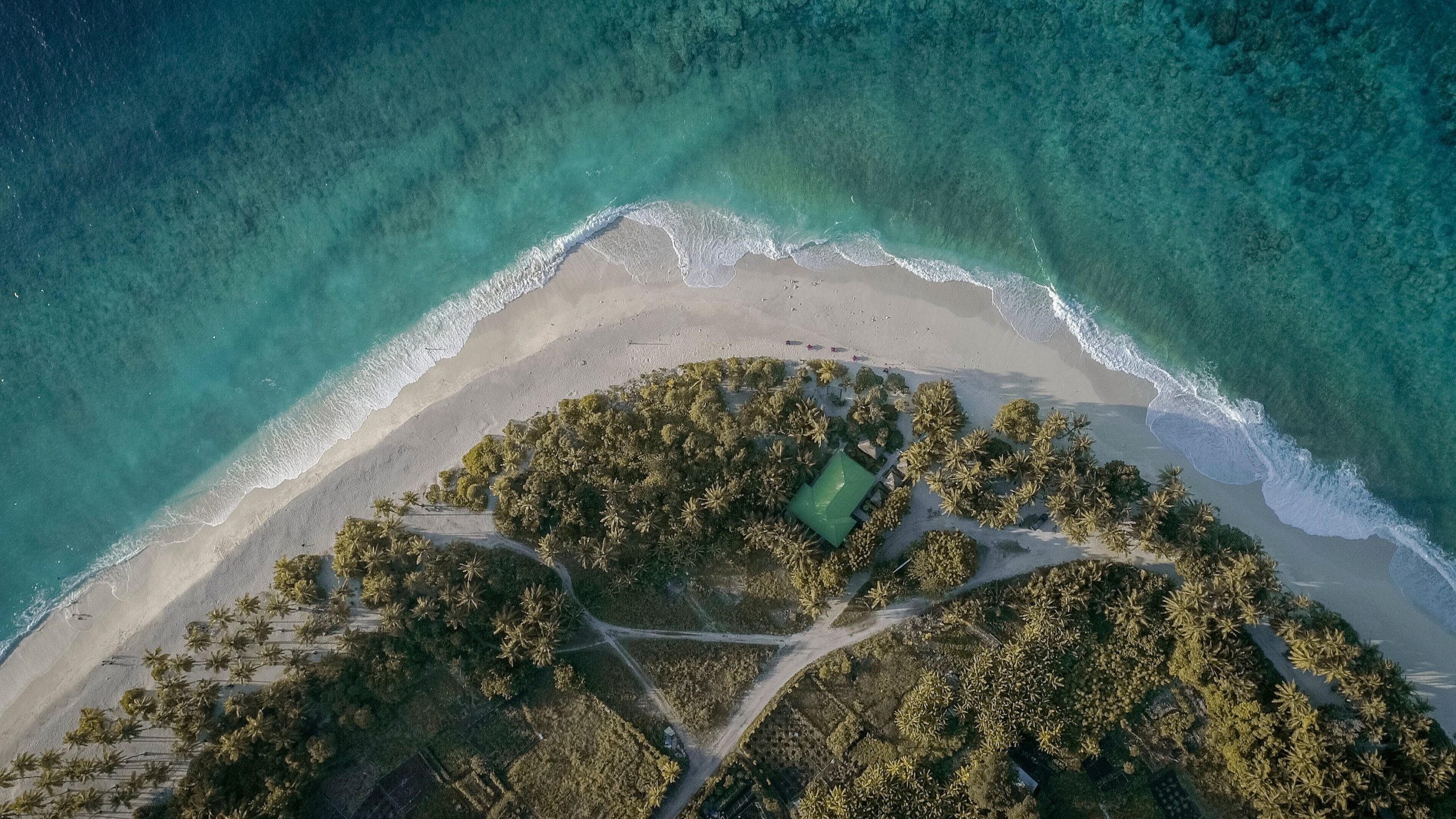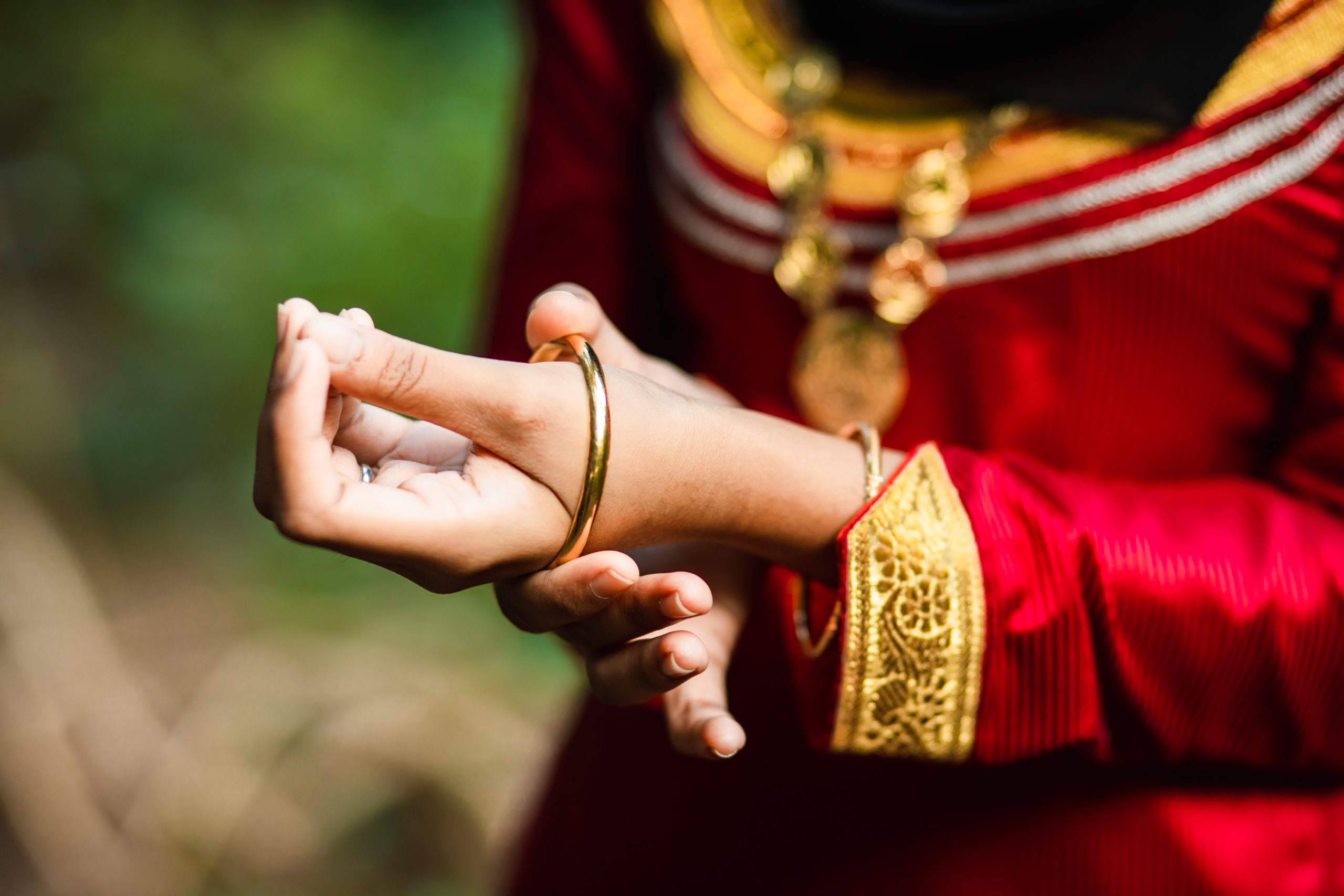An intro to the Dhivehi language
The Maldivian language Dhivehi is spoken and written by only half a million people in the world. Isn’t that great? This means if you learn Dhivehi, you will be among an elite cadre, or at least a cadre, who can speak your mind almost anywhere knowing it’s useless to eavesdrop.
I look into the milky June sky of Baa Atoll Dharavandhoo, an island in the Maldives’ only biosphere reserve. A hush has fallen over the place. It’s around midnight, the air is still. Waves roll onto the beach, white crabs ghost across the soil. It doesn’t get more Dhivehi than this.
You can strip us of our beautiful archipelago, our clothing, cuisine – but our essence lies in our language. It shapes the way we look at the world. As you may have heard, a coconut is not just any coconut to a Maldivian. It can be in any of the twelve stages of maturity, recognised and named in the language.
The historian and woman of letters Naseema Mohamed believes some of the early settlers in the Maldives were Dravidian by virtue of words of Malayalam and Tamil origin in the Dhivehi language. For instance, the sea around me is generally referred to as ‘kandu’, derived from Tamil/Malayalam ‘kadal’.
Earlier that day, my friends and I were swimming in the lagoon of Hibalhidhoo, an uninhabited island that’s marked for tourism development. The water was clear, glasslike. Corals crowded the way towards the reef slope, and under these I spotted enormous lobsters, whose spiky antennae stuck out of their crevices, swaying. ‘Falhu’ is our name for such water and it comes from Tamil/Malayalam ‘pallham’. You might call it a ‘Nala falhu’ meaning a beautiful lagoon – nala from the Tamil ‘nalla (beautiful).’ That we have named some of the essential features of our marine environment with either Tamil or Malayalam derivatives gives credence to the theory that they were early settlers.
At night Dharavandhoo is serene, but the silence unnerves, and in the shadows of dhiggaa and coconut palms, for the right mind, a trick of the light could mean the presence of an otherworldly being. A famous folktale that is set on the island of Kaashidhoo in Male Atoll involves a man falling in love with a female spirit and marrying her. It’s a tragic and violent story. The female spirit is called Handi-ganduvaru Dhonkamana – ‘handi’ meaning female spirit, ‘ganduvaru’ translates to ‘noble house’, and ‘dhonkamana’ is a traditional female name. The word ‘handi’ is derived from Sanskrit ‘chandi’, a goddess in the Hindu pantheon.
My mother used to tell me about a ‘haamundi’ chicken, which is a kind of demonic hen that’s said to be found in the forests. It is followed by an entourage of forty chicks. First the haamundi devours its young, then it runs straight at you. Haamundi comes from the Sanskrit ‘chaamundi’, a male demon in the Hindu religion.
Other Hindu words still breathe in the Maldivian vocabulary including our name for magic: fanditha – derived from Sanskrit word pandith meaning wise-man. And here’s some trivia: the English word ‘pundit’ has a similar etymology. Along with linguistic evidence, archaeological finds support the claim that the Maldives was Hindu prior to embracing Buddhism.
Enough with the spirits, let’s return to civilization. The Portuguese ruled over us briefly and during their reign they gifted us words for furniture and tools. Our scholar Naseema Mohamed notes the Dhivehi word ‘marutheyo’ (hammer) is from the Portuguese ‘martelo’ and the Dhivehi ‘alamaari’ (almirah) is from the Portuguese ‘almirah’.
Arabic and Persian words squeezed themselves into the Dhivehi lexicon after the Maldives converted to Islam. In more recent times though, it’s English that has been holding sway over our language. It’s spurred some abominations like @dhinglish on Instagram, which, as you may have guessed, is a combination of both languages. It’s typical for most conversations, at least in the country’s capital, to include a flurry of English words and expressions.
I suppose it might occur to you to ask if Dhivehi is a dying language. Not any time soon, I think, because of the sheer proliferation of work in the language both online and in print. Popular local websites get more hits for Dhivehi content. I’ve even heard it said that more people choose Dhivehi as their language at the Bank of Maldives ATMs. Don’t mourn us yet!













